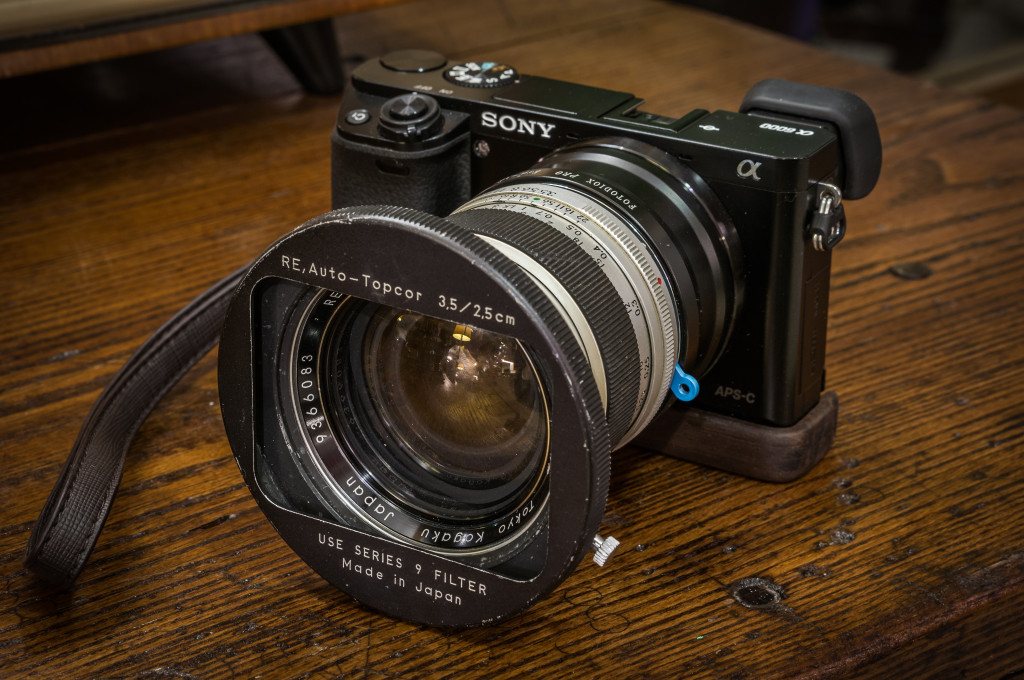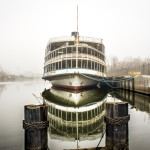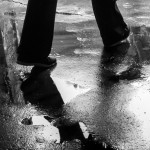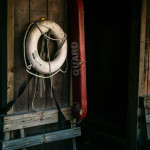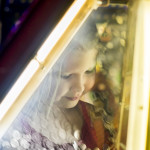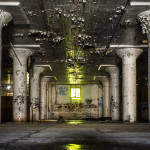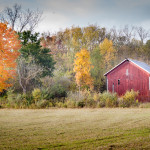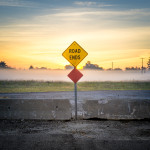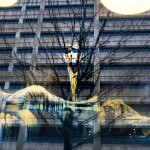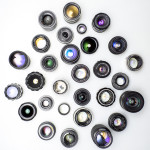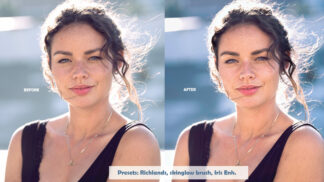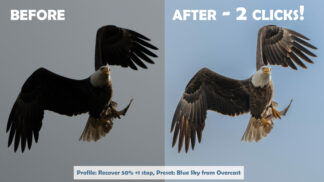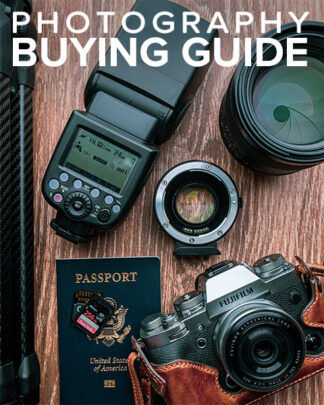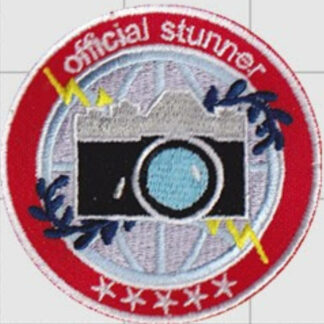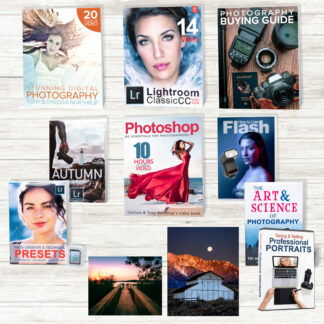
In the last couple of years vintage lenses have been showing up in image descriptions and hashtags all over the internet. But why now and why would anyone want to use yesteryear’s glass? With mirrorless systems and their adapter friendly designs bursting onto the scene, there has been a rebirth of sorts for the millions of classic lenses formally laid to rest in the earth’s collective attic. Read along as I make a case for relic glass in your camera bag.
- Spark Creativity – One of the most common reasons I hear for a slow down in the production of images is a lack of inspiration or creative block. Vintage lenses tend to render images in unique ways. From big colorful flares to the cats-eye bokeh offered from early Russian lenses like the Helios 44-2 58mm/f2, an adapted lens can do things your fancy modern glass simply cannot. Leverage these flaws to experiment and craft images that stand out from the pack.
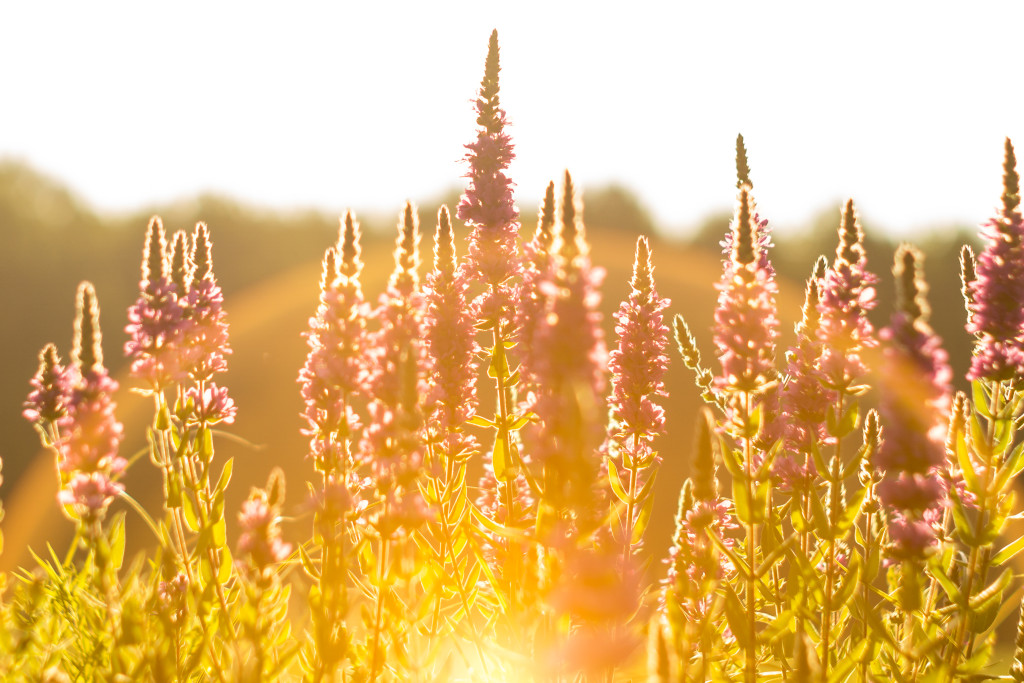
The sun bouncing off of the adapter’s surface creates a unique look to this image. - Fuel Your G.A.S. on the Cheap- You’ve got “Gear Acquisition Syndrome” and you’ve got it bad. Your spouse and I suggest turning your gaze (and your bank account) toward a gently used and decades old model. Depending where you source your antique optics you can score brand name lenses for as little as free. At the high end they are often still a fraction of the cost of a modern, bells and whistles lens. I track down my lenses locally as opposed to online markets like eBay. I check garage sales, resale/antique shops and browse the contents of estate sales in my area. It’s my preference to handle a lens before buying it plus I love the thrill of the hunt. Think there’s nothing worth while in your area? I’ve found some homegrown classic Leica and Zeiss glass that suggests otherwise. What’s better than cheap? Once I started sharing photos taken with vintage lenses on my Facebook page I had both friends and family give me their mothballed SLR kits. An incredibly kind gesture to be sure and I heard more than once that it made the former owners happy to see their old gear getting used. You want to see your loved ones happy, don’t you?
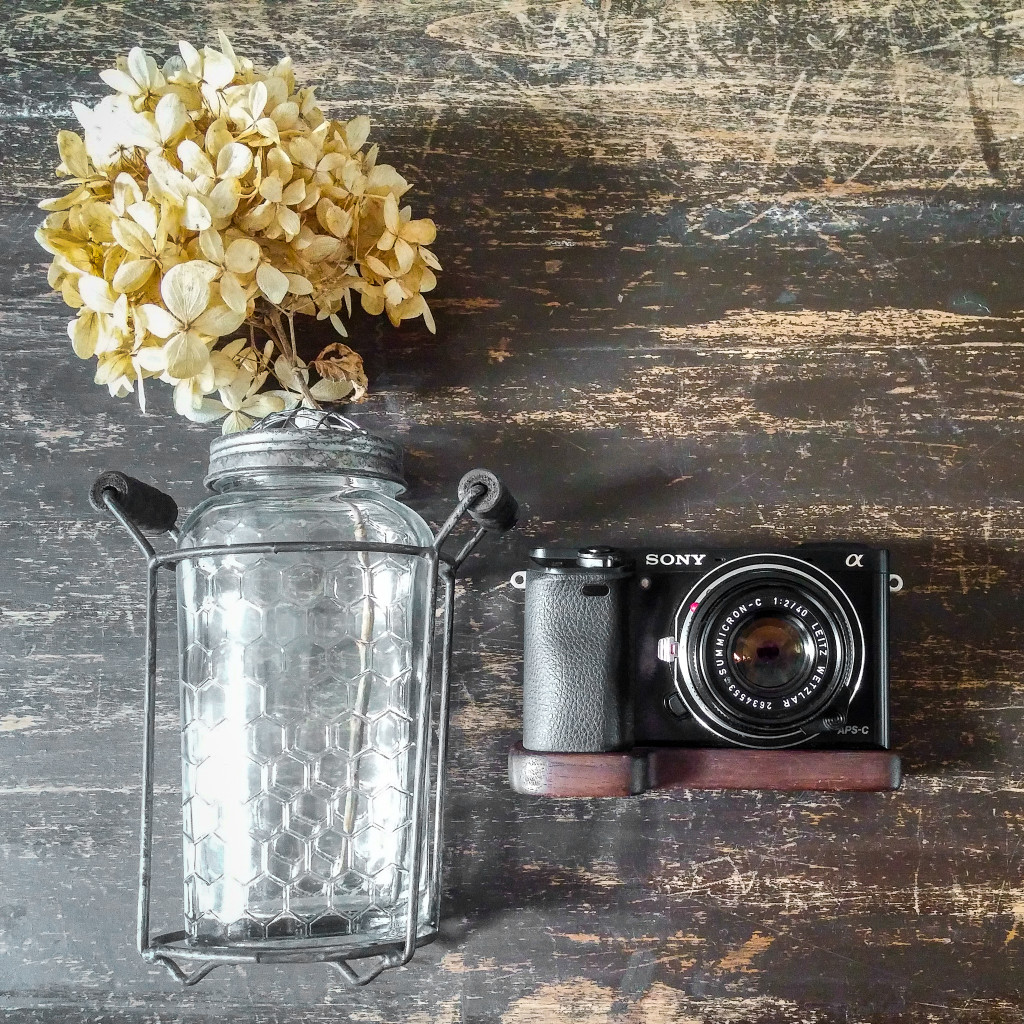
Thrift store Leica lens adapted to my mirrorless camera. - Modern Focus Assists Make Manually Focusing Easy – While split prism focusing screens are no longer the norm, modern cameras, and in particular mirrorless bodies, make manual focusing easy. Electronic viewfinders and back screens of digital cameras offer features like focus peaking and focus magnification. Focus peaking highlights the edges of high contrast areas within your frame. Presumably these peaked edges are the sharply focused areas of your image. I like this feature for higher f-stops where there will be greater depth of field which will allow for some error in the system. For wide open shooting with razor thin depth of field the camera gods have given us the ability to punch right into a frame and visually confirm the exact focus. I live in the mode and find it to be a highly reliable way to nail focus consistently with an all manual lens.
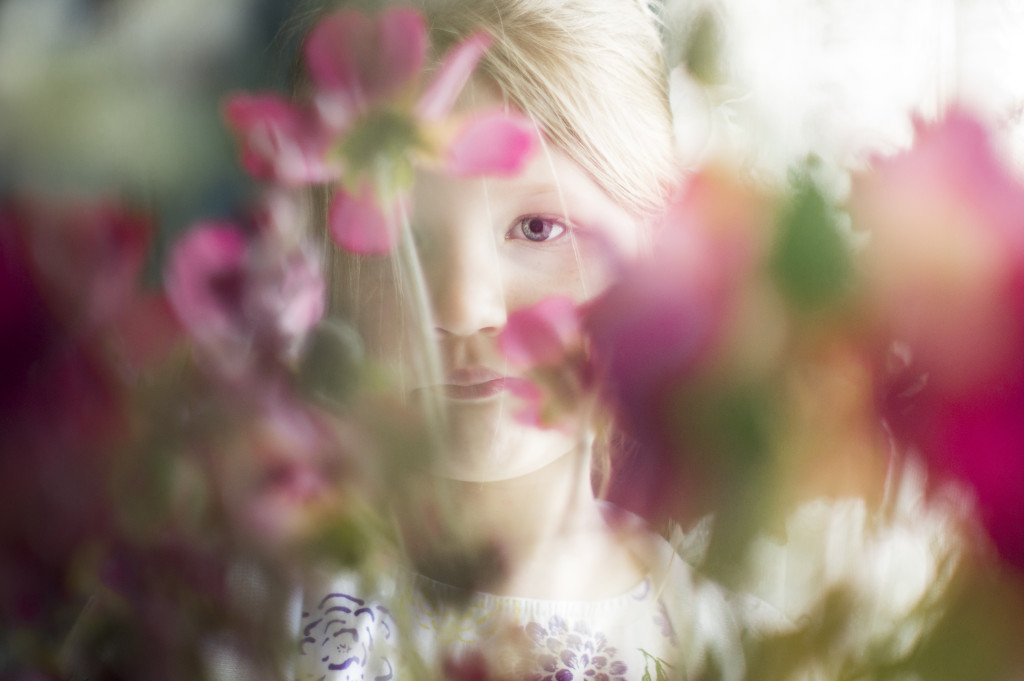
Manual focus is a dream with damped, smooth gearing. - Slow Down, Get Better – Sharpness, focusing speed, aspherical and ED elements are all going to make you a better photographer, right? Nope. Sorry to say that you cannot buy a lens to set you apart or even place you into the pack of good photographers. So if a fancy modern lens won’t make you better, how in the world could an old manual one help? It’ll slow you down. Listen, I’m not proposing you take vintage lenses to your next paying gig or chase a toddler around a playscape with one. What I am saying is that when shooting for you, be it a photowalk or practicing in your backyard, there is a great something to be said for manually dialing in all aspects of your shot. What’s that great something, you ask? You may not take the shot at all. Let me explain. Most, if not all compositions by amateur and hobbyist photographers could be improved upon given a moment of additional consideration. So while you’re selecting the proper aperture and dialing in that perfect focus, you may just realize that lower angle better suites your subject. Maybe you see that pole shooting out of your sitters head in time to recompose for a stunning portrait. This is addition by subtraction. So allow the pace to be a part of your creative process. You may be surprised at what that can offer.
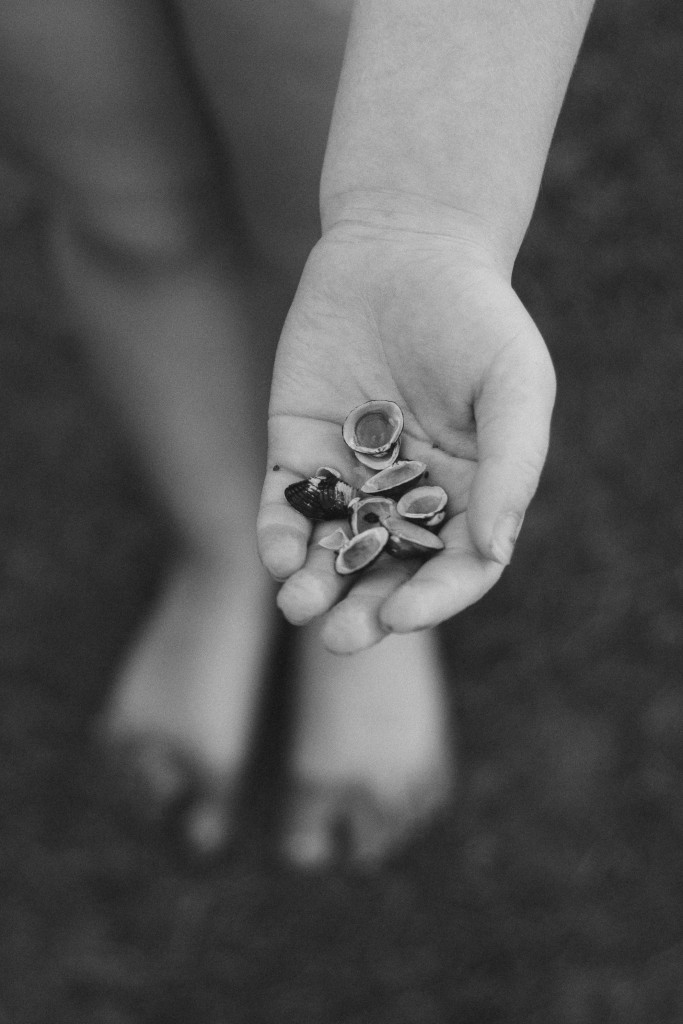
Oh, that out of focus rendering! - Because They’re Fun and Satisfying to Use – I’m not sure how else to say it….nailing a shot with an old manual lens just feels better. Call it craft, a sense of accomplishment or even pride. The truth of the matter is that in some instances a fully manual lens is difficult to use. Kids, sports, even street photography can make for a challenge when using a vintage lens. But as your keeper increases the sense of satisfaction in your photography may just increase as well.
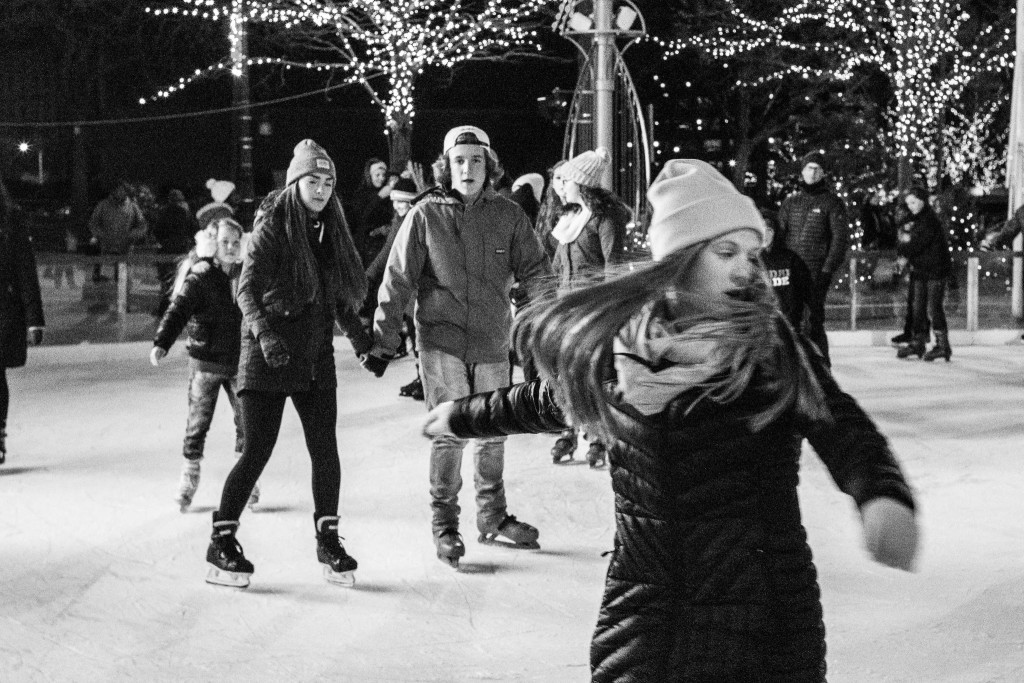
Street photography as shot with a vintage prime. - Because Adapting is Easy – Lastly it’s worth mentioning that installing a vintage lens onto most cameras is as easy as mounting a $15 adapter. Because these lenses are not recognized by your camera body you may need to go into your cameras menu and allow the camera to release the shutter without a known lens attached, but that’s about it. Adapters are so inexpensive that there’s no need to limit yourself to one vintage mount. Nikon users are in luck as the “F Mount”, has been around for decades. Nikon lenses from as old as the late 1950’s are a direct fit for current Nikon FX and DX bodies. Also available are “speed boosters” which reduce the effective focal range and increase the light gathering ability of a lens at the expense of slightly reduced image quality. Some more popular mounts even offer adapters with built in tilt/shift functionality. There are many creative possibilities that open up once an adapter is in the mix.
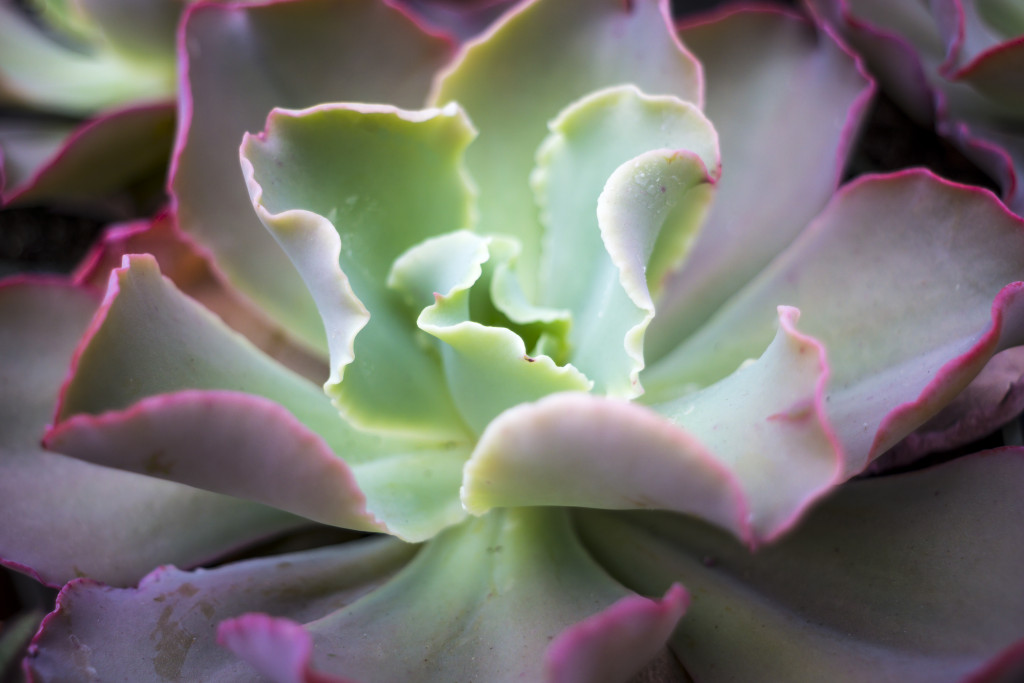
Brilliant colors from a 50 year old lens? No problem.
There you have it, my six reasons why I think you should give old glass a shot. If you have any questions regarding vintage lenses or what you need to make one work on your camera, I’d love to help. Maybe you’re already adapting. I’d like to hear what you’ve used and what works for you. I can be reached via the links below or in the comments.
Here is a gallery of images shot with some of my vintage lenses.

